I know how easy it is to start listening to what everyone else is saying you should do with your dog. That neighbour from down the street who’s had dogs all her life must know what she’s talking about, right? Or your self-proclaimed dog expert brother who can’t wait to point out everything you’re doing wrong as soon as he comes to visit.
But you know what? YOU know your dog best!
After working with so many reactive dog owners over the years, I’ve learned that you likely have great instincts when it comes to taking care of your dog—and yourself. It’s time to set up some boundaries and stop feeling nervous about standing up for what you know is right.
After reading this blog post, I promise you will feel inspired to set your own boundaries and not feel ashamed enforcing them.
I was inspired to write this post after listening to a podcast episode by Jay Shetty where he talks about this subject in depth. Please check it out if you want more info.
Let’s get started with your boundaries!
1. Define What’s Important to You
The first step in setting boundaries is understanding what truly matters to you and your dog. This involves knowing when to say “no” and recognising situations that add unnecessary stress. Identify what you value most so that you can prioritise your dog’s well-being and your peace of mind.
Do you feel uneasy when strangers try to pet your dog? Or maybe you find it overwhelming when someone offers unsolicited advice about your dog’s behaviour? Identifying these triggers allows you to set clear and effective boundaries that safeguard your and your dog’s emotional health.
2. Communicate Your Boundaries Clearly
Once you’ve identified what’s important, the next step is communicating those boundaries clearly. It’s not enough to know what you want; others around you need to understand it too. This can be as simple as politely asking someone not to approach your dog or letting friends and family know that you’re following a specific training plan and don’t need additional advice.
In the podcast, Jay Shetty emphasises the power of clear communication. He advises that when you set boundaries, you should do so with confidence and without feeling the need to justify your decisions to others. Your boundaries are for your well-being and your dog’s, not for others to question.
Maybe write down a few lines you can say in these situations and practise them at home before you need to use them. It often feels a lot better once you have some practise.
3. Be Prepared to Enforce Your Boundaries
Setting boundaries is one thing; enforcing them is another. You might encounter resistance from people who don’t understand why you’re being protective or who think they know better. This is where you need to stand firm.
According to Jay Shetty, enforcing boundaries often requires resilience and repetition. You might have to remind people of your boundaries several times before they respect them fully.
Don’t be afraid to repeat yourself or remove yourself and your dog from situations that feel unsafe or stressful. Remember, enforcing your boundaries isn’t rude—it’s necessary for maintaining a positive environment for your dog. Yours and your dog’s optimism can disappear as quickly as it improved, so it’s important to guard that treasure.
4. Build a Supportive Network
Just as important as setting boundaries is surrounding yourself with people who respect and support them. This might mean finding a community of like-minded dog owners who understand the challenges of caring for a reactive dog. The reactive dogs club is a great example where our little group support and cheer each other on every day.
It could also involve distancing yourself from those who consistently overstep your boundaries or belittle your efforts.
When you’re surrounded by people who respect your decisions, it becomes much easier to maintain the boundaries you’ve set.
Call to Action: Set Your Boundaries Today
Now, take out a piece of paper and write down the boundaries you’ll set for your yourself and your dog starting TODAY!
Can’t think of any? Here’s a list to inspire you:
- No one touches my dog unless I know them or my dog knows them.
- My dog does not have to meet all visitors. I decide who.
- I will use treats when training my dog, and I’m not ashamed of it.
- I will not look at social media after 6 pm.
- I will prepare 3 “exit lines” to use on chatty neighbours who want to give me advice.
- I will say “thank you, but I’ve got a plan” to anyone who tries to tell me what to do.
- I will go to the woods at least once a week with my dog for a calm walk.
- I will not walk my dog in the dark because he is much more scared then.
- I will have my dog in the bed because I love it.
Setting boundaries is about protecting your and your dog’s mental and emotional well-being. With these tips and a little practice, you’ll feel empowered to stand up for what’s best for both of you.
Remember, it’s your life and when it comes to your dog—you know what’s best!
Want to read more? Here are all my other tips on MINDSET and SELF-CARE
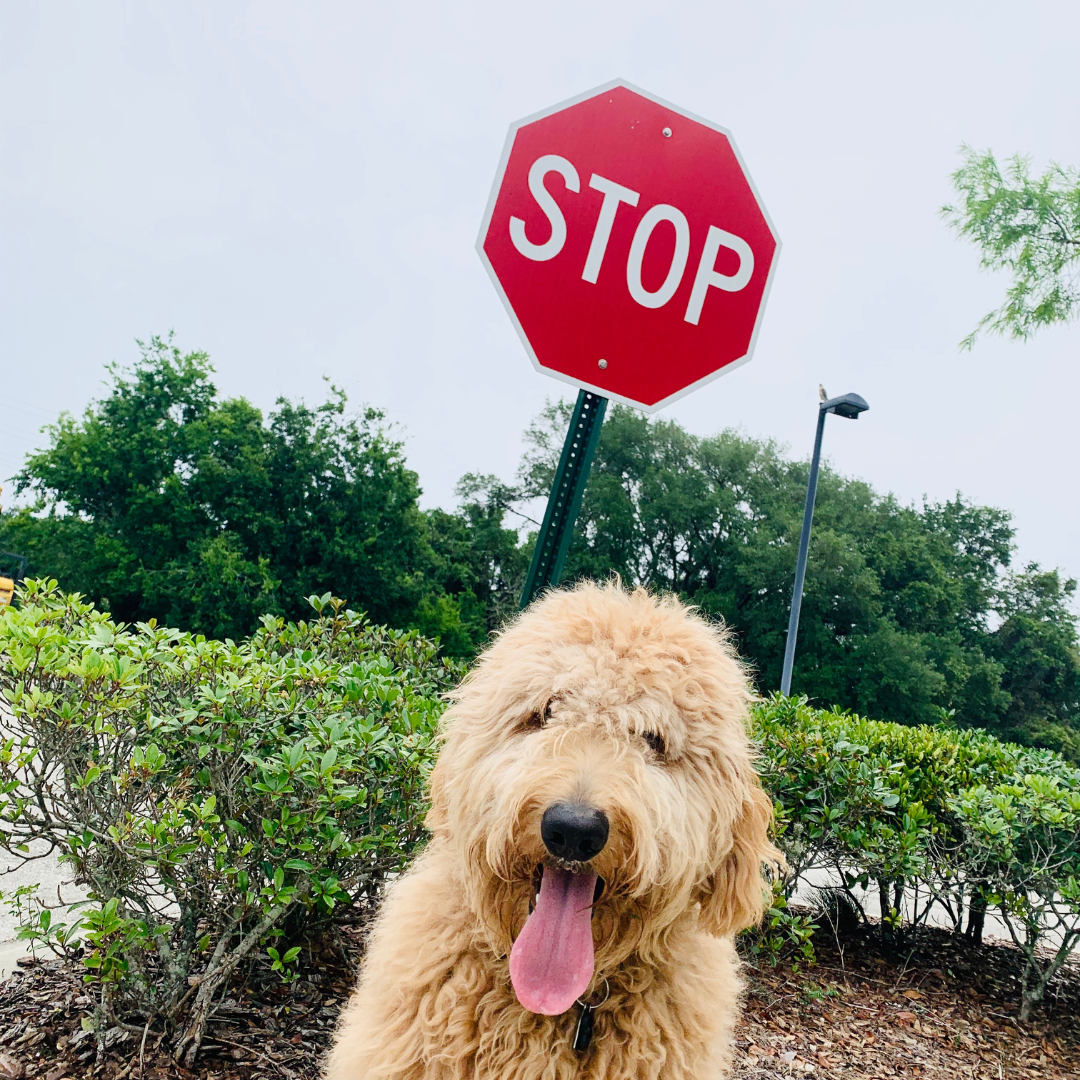

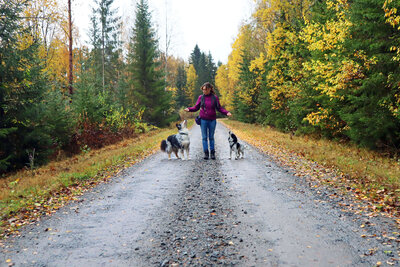
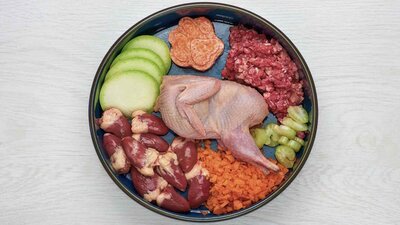
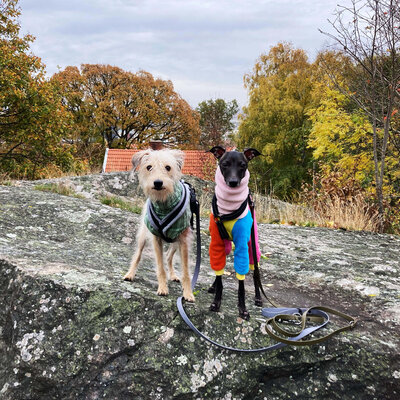
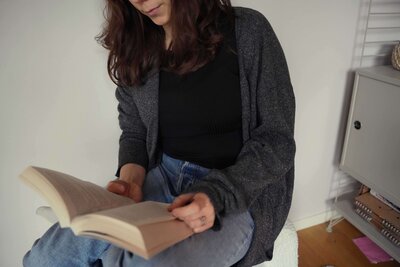

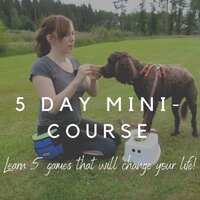





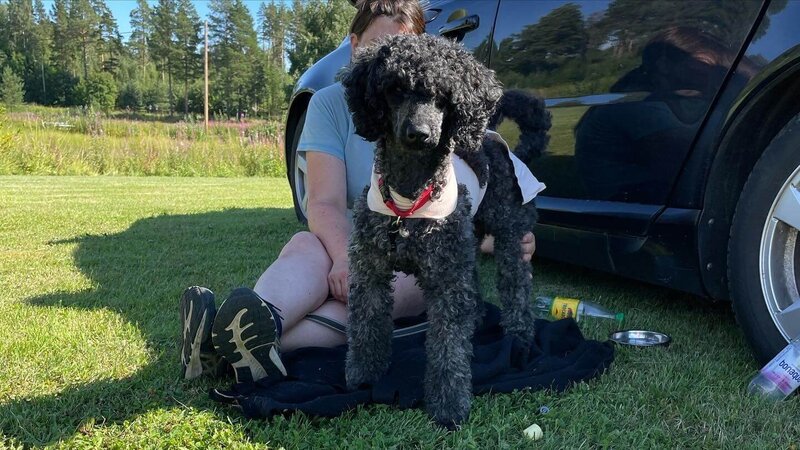

+ show Comments
- Hide Comments
add a comment